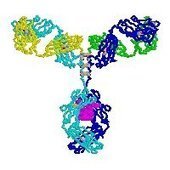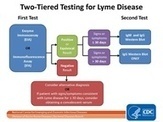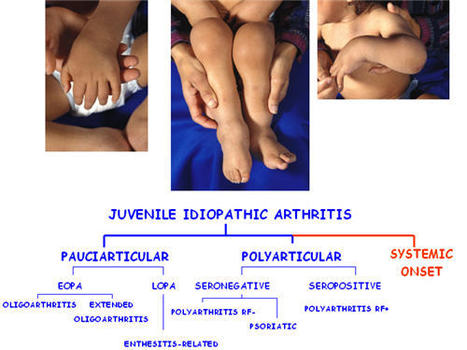OBJETIVOS:
Reciclaje y actualización de profesionales de la inmunología clínica en el campo de los trasplantes.
• Repasar las pruebas diagnósticas inmunológicas para el Diagnóstico y Seguimiento de diferentes tipos de Trasplantes (de órganos sólidos y hematopoyéticos).
• Conocer las presentaciones clínicas de las patologías de más frecuentes asociadas a los trasplantes de órganos.
• Entender la correlación de las manifestaciones clínicas con las pruebas analíticas en trasplantes.
• Ser capaces de emitir un informe diagnóstico de calidad, preciso y entendible para los clínicos.
• Ser capaces de proponer posibles Inmunoterapias de algunas situaciones pre- y post-trasplante estudiadas.
Research and publish the best content.
Get Started for FREE
Sign up with Facebook Sign up with X
I don't have a Facebook or a X account
Already have an account: Login

 Your new post is loading... Your new post is loading...
 Your new post is loading... Your new post is loading...

Denis Hudrisier's comment,
January 22, 2013 1:45 PM
Une illustration des possibilités de la cytométrie en flux
|

Alfredo Corell's comment,
May 20, 2013 3:24 PM
Muchísimas gracias manuel. Muy buena sugerencia. Cualquier otra que tengas... bienvenida :)
|


















Más información: www.geclidsei.uva.es